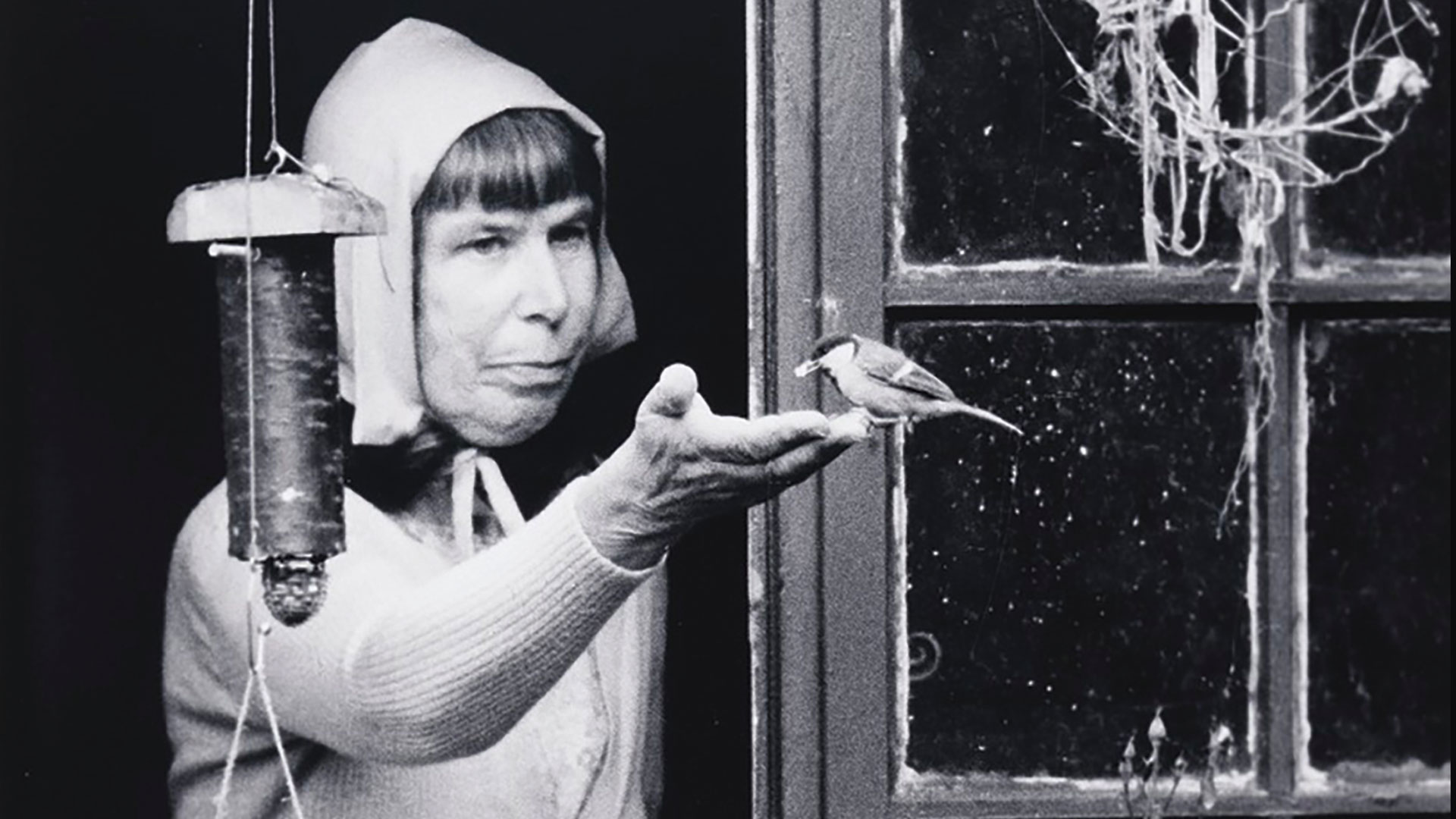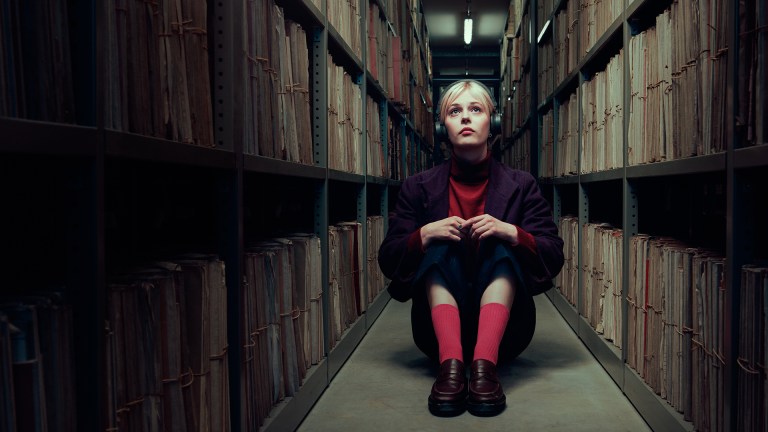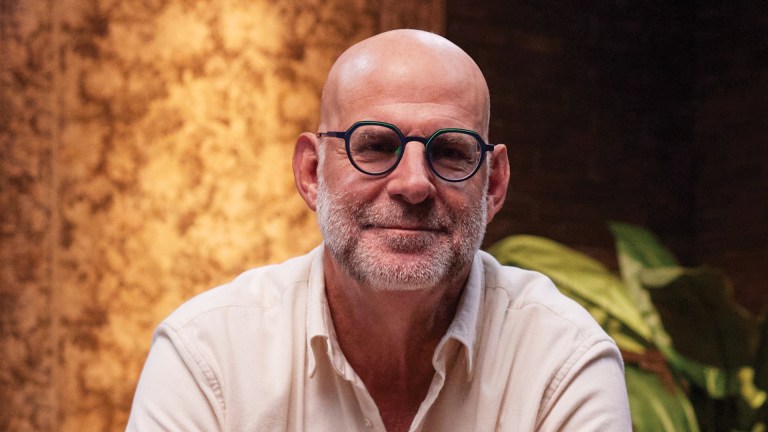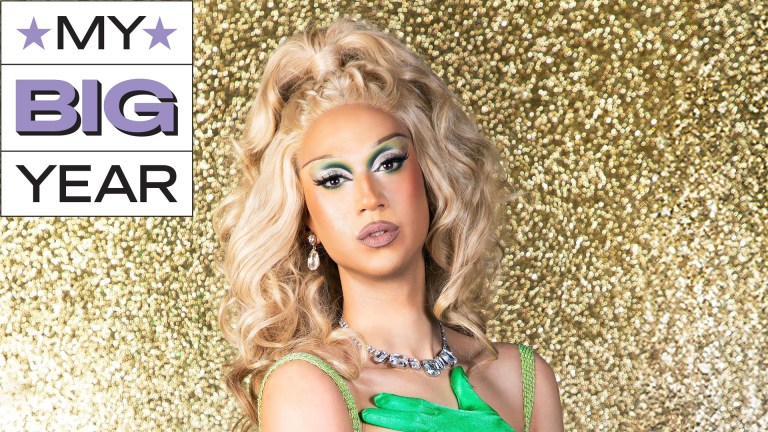In the last days of his life, Baldhead was tamer than ever before. Every morning, he flew to Len Howard, who lived in the cottage in his garden, just as he had always done. But instead of taking the peanut she offered him and moving on with his business – working on his nest, singing for his partner – he sat down on her lap and slept. He often did not even eat his peanut.
Baldhead was a Great Tit, and Len Howard was a violist. They had met when he was young and strong, and developed what we could call a friendship. Howard had bought a small cottage in Ditchling, Sussex, in 1938, to study birds. She named it Bird Cottage, and opened it – literally, she kept the windows open – to the birds who lived in the area. Howard fed them and made nesting places for them in the garden and sleeping places inside her house. They soon learned not to be afraid of her, and began to use the house as they pleased. Some of the birds chose to sleep inside the cardboard boxes under the ceiling in her bedroom; others only came inside during the daytime. Younger birds often disappeared for weeks or months when they found a new partner, sometimes coming back to the garden when the nesting season started; others stayed around all year long. They were tame enough to ski on her pillow, but they were not domesticated, and did not depend on her.
Howard got to know the birds intimately as individuals, and they her. She studied their relationships and behaviour, and wrote down their biographies and songs.
This lifestyle however, did require personal sacrifices: she had to retreat from human society and rarely allowed visitors to her house or garden because humans scared the birds. The birds were forever coming to sit on the keys of the typewriter when she tried to type, or the keys of the piano when she tried to play – and would also leave their droppings behind, which got in the way somewhat. Living with birds generally involved a lot of cleaning.
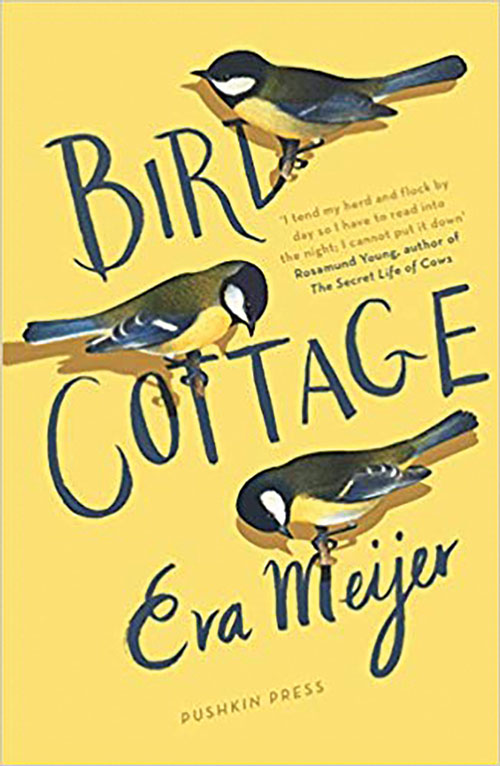
The two books that Howard wrote about the birds became bestsellers and were translated into many languages. Her work was however not taken seriously by the scientific community. The fact that she was a woman, and had not received a formal education, certainly played a role in this, but the way in which she approached the birds, as individuals with their own perspective on life and her, was also frowned upon.
At that time, behaviourism was the accepted way of studying non-human animal behaviour, which meant conducting experiments in laboratories. Howard thought captivity influenced birds’ behaviour and wanted to study them in an environment of freedom and trust. Nowadays many ethologists share her views and study nonhuman animals in their own habitats, sometimes living with them for extended periods of time.
